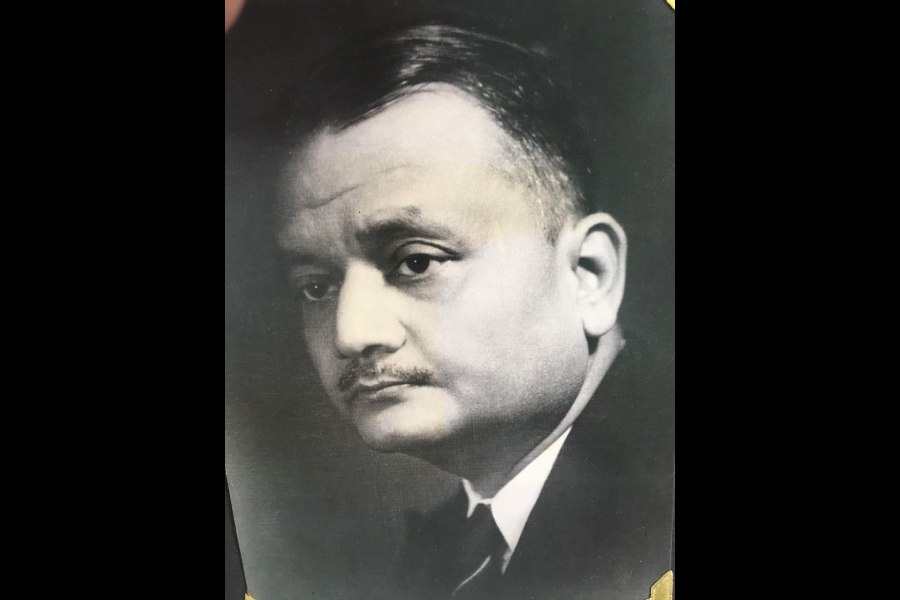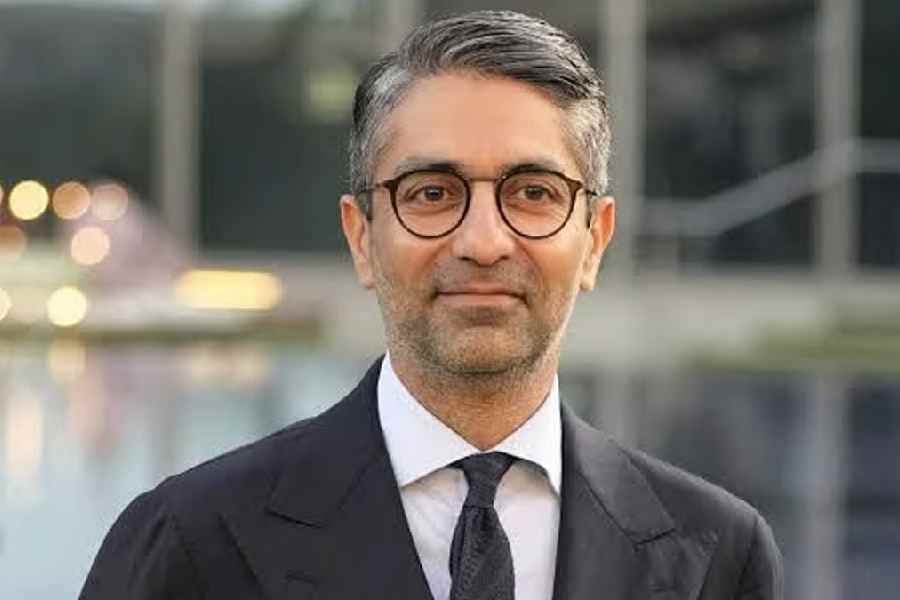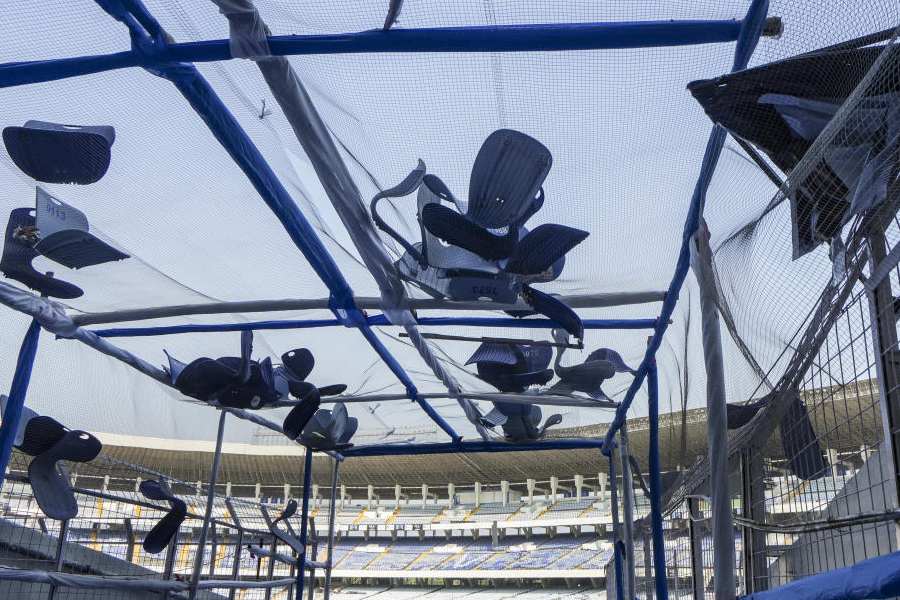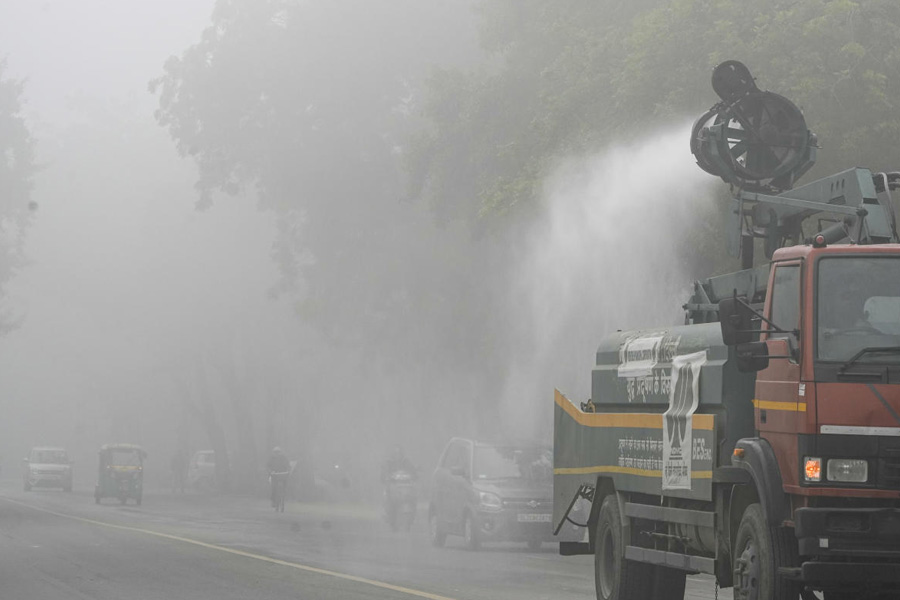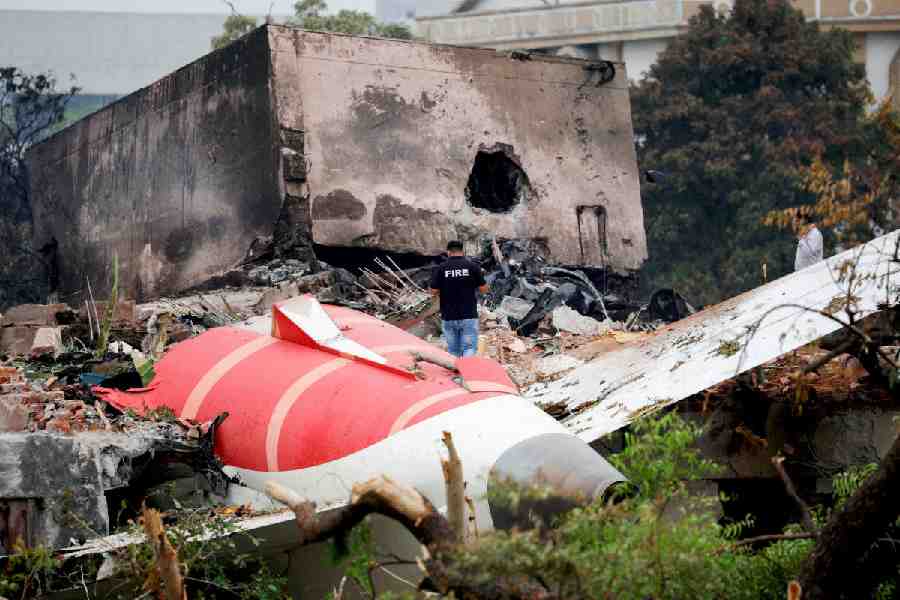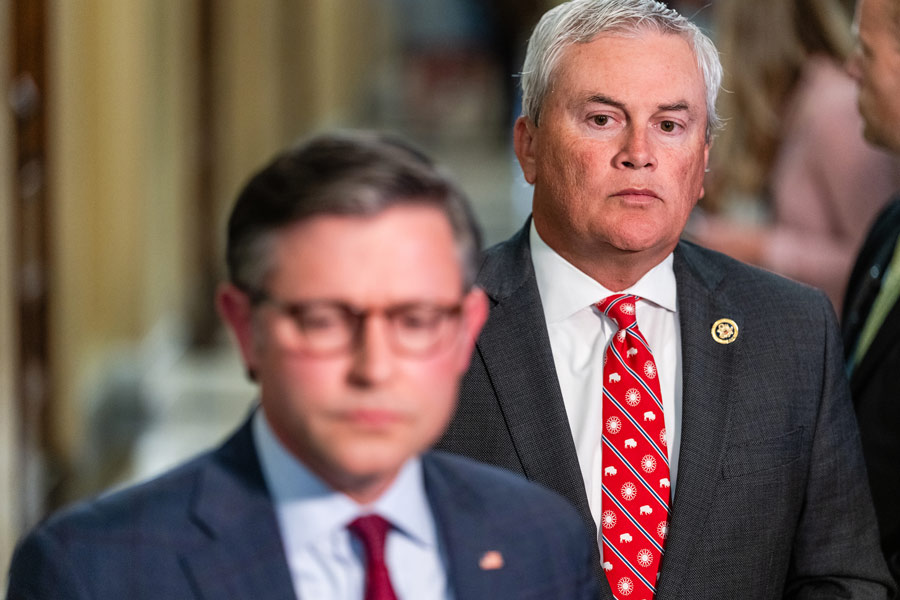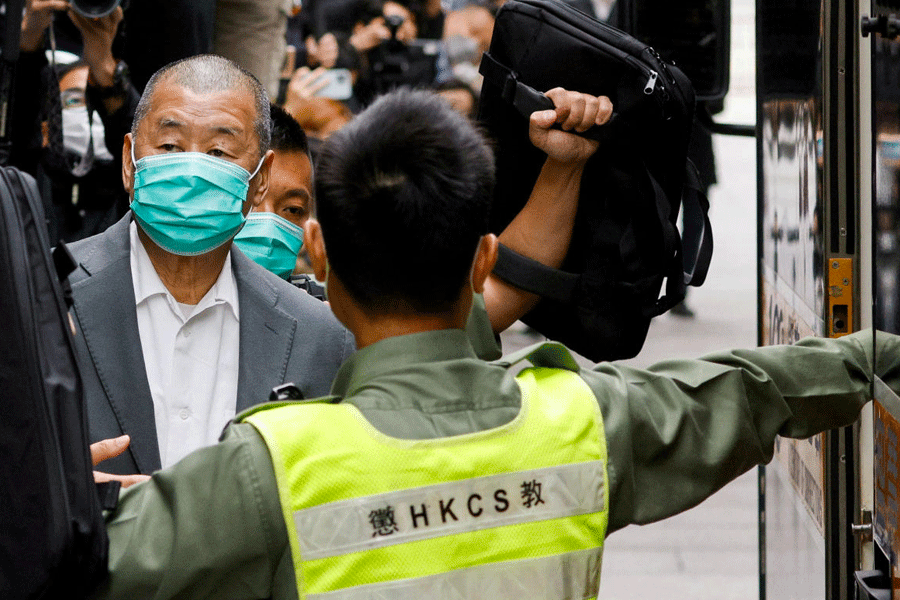There was a man who pulled out all the stops, led a diverse team, crisscrossed the then undivided India and toured several developed countries to help establish the National Defence Academy (NDA), but did not get his due recognition.
Ask any senior or junior army officer who passed out of the NDA about Amarnath Jha (February 25, 1897 – September 19, 1955) and in all probability he will draw a blank. There is no building, gallery, award, medal or scholarship at the ace military academy to honour him or perpetuate his memory.
“I don’t think there is anything in his (Jha’s) name at the Academy,” NDA public relation officer (PRO) Major Vasu Joshi told The Telegraph before asking to send an email about queries on the issue and whether there are any plans to commemorate him. It went unanswered.
Jha was the vice-chancellor of the University of Allahabad from 1938 to 1947, but his experience with the then University Training Corps (UTC), interest in military studies and providence got him involved in setting up what is today ranked among the best military academies in the world.
The Indian National War Memorial Committee was formed in May 1945 under the chairmanship of the then commander-in-chief of the Indian Army, Claude J. Auchinleck. It had a dozen other members from the navy, air force, bureaucracy, educational institutions and the princely states.
Vice-chancellor Jha was also among them. Auchinleck made him the vice-chairman of the committee at its very first meeting. Jha also headed the planning, establishment, and syllabus committees of the proposed academy.
What followed was a frenzy of work during one of the most turbulent periods of India, when it was on the way to Independence through the bloodbath of partition and riots. Each and every aspect of a perfect academy was considered and planned.
The vice-chairman of the committee led teams to listen to firsthand accounts of military academies at West Point and Annapolis in the United States; Sandhurst, Dartmouth, Cranwell and Keyham in the UK; the Royal Military College in Canada.
“We had taken the united States Military Academy at West Point as a model, but after a tour of the various institutions in the UK, Canada and America, we incorporated the best points of all. Thus, the project as it stands today is for an academy as perfect as the human mind can conceive,” Jha said in an interview to the media in August 1946.
He was also among the people who finalised the present location of the NDA at Khadakwasla in Pune (Maharashtra) with the towering Singhgarh (Kondhana) Fort of Chhatrapati Shivaji.
Jha toured the entire country to spread awareness about the upcoming military academy and garnered support from the governments and the rulers.
Amarnath Jha’s nephew Tejakar Jha has written a book Behind The Smoke-Screen on the emergence of the National War Academy (now NDA), that reveals his contributions to the NDA.
“I received diaries containing around 700 pages, 35 pages of handwritten notes on foreign defence education institutions, a large number of newspaper reports, several photographs and other documents pertaining to what we now call the NDA,” Tejakar told The Telegraph.
“He was well-known as the vice-chancellor, and later served as the chairman of the Uttar Pradesh Public Service Commission and the Bihar Public Service Commission, but there was no reference to his role he played in establishing the NDA. I felt that I should find out more and started my research,” Tejakar said.
Tejakar hit a stone wall while pursuing the research but the intervention of the then Union defence minister Manohar Parrikar provided him access to the archives. He also consulted documents in England and those provided by the U, and found out that Jha was among the founding pillars of the NDA.
“There was no mention of Jha in the museum or the entire NDA campus despite his vast contributions. This is a pathetic case of the army and civilian divide. The man who was the architect of the NDA and planned it has been sidelined and forgotten. He must be given his due recognition. He was never in favour of constructing idols but there are several other ways to perpetuate his memory,” Tejakar said.

